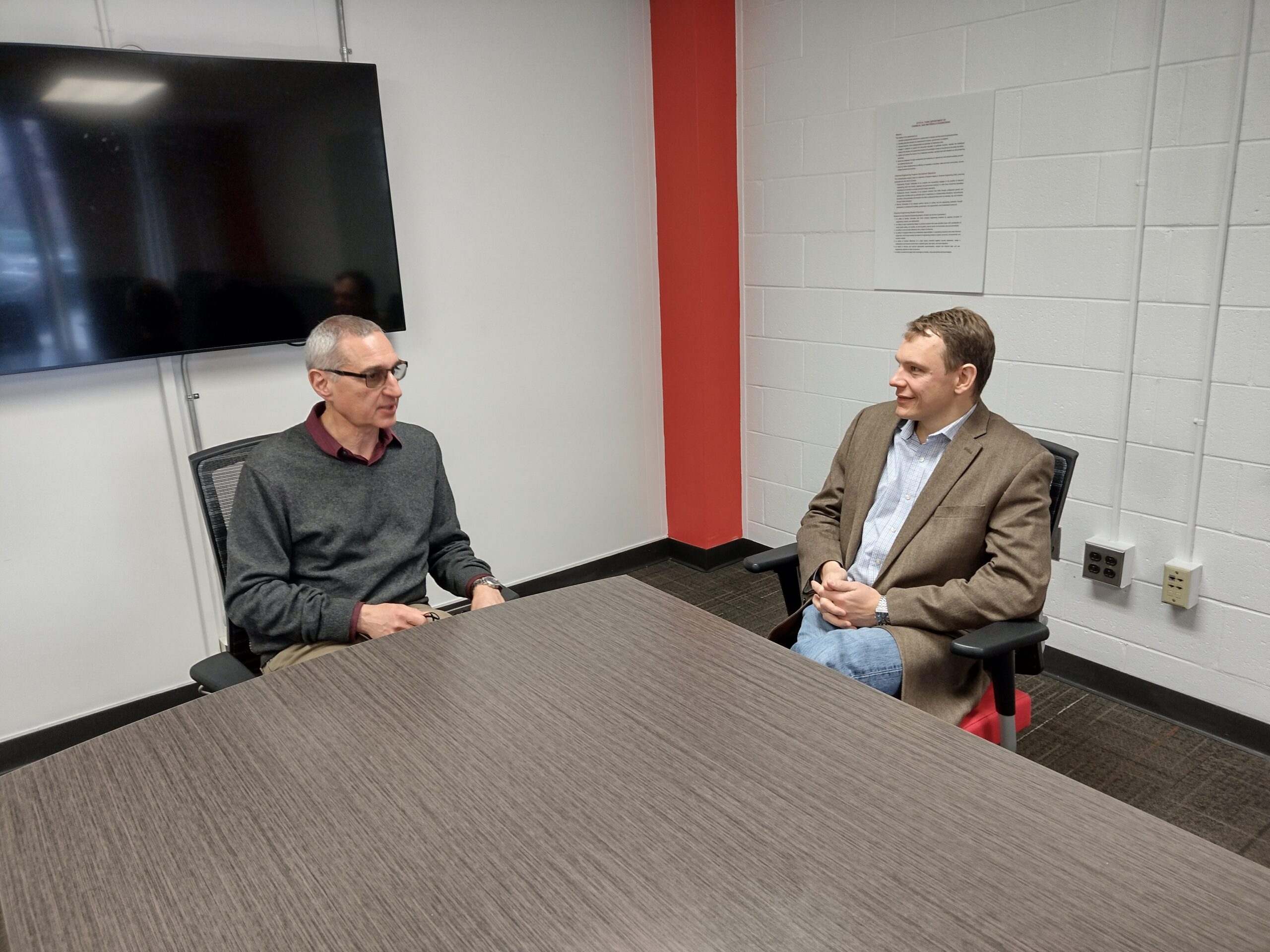Recipients: Professors Edward L. Dreizin and Gennady Y. Gor
How does the MSEE URA and its collaborative nature benefit you and will be improved through your involvement?
Chemical warfare agents are stored as liquids. In case of an accident, aerosol of liquid droplets can be produced and spread, contaminating the surroundings. To predict formation of such droplets and their behavior, properties of chemical warfare agents, such as surface tension, need to be known. However, the data are scarce. In this seed effort, we will develop molecular models describing organophosphorus compounds like chemical warfare agent surrogates, DMMP and DIMP. The models will predict effect of temperature on their surface tension and will be validated by experiments with DMMP and DIMP. Once validated, predictions can cover the extreme conditions inaccessible experimentally. In the future, the approach can be extended for contaminated organophosphorus liquids, where droplets interact with particles of inert, reactive, or catalytic solids. In this effort, we join capabilities of a modeler, Prof. Gennady Gor with those of an experimentalist, Prof. Ed Dreizin. We are both excited about this new beginning pushing each of us a bit away from our comfort zone. We further look forward interacting with a broader MSEE community involved in experimentation and modeling describing behavior of chemical warfare agent surrogates.
A snapshot of a liquid slab of DIMP from molecular dynamics simulation to calculate the surface tension at room temperature. One of the molecules is zoomed in for highlighting the united-atom representation.


